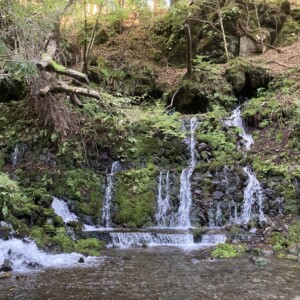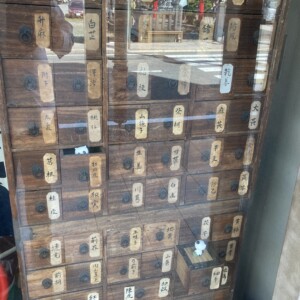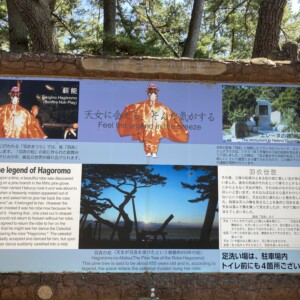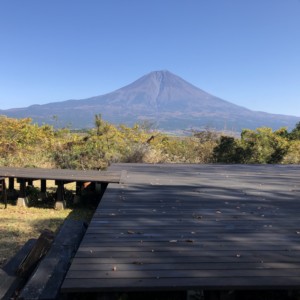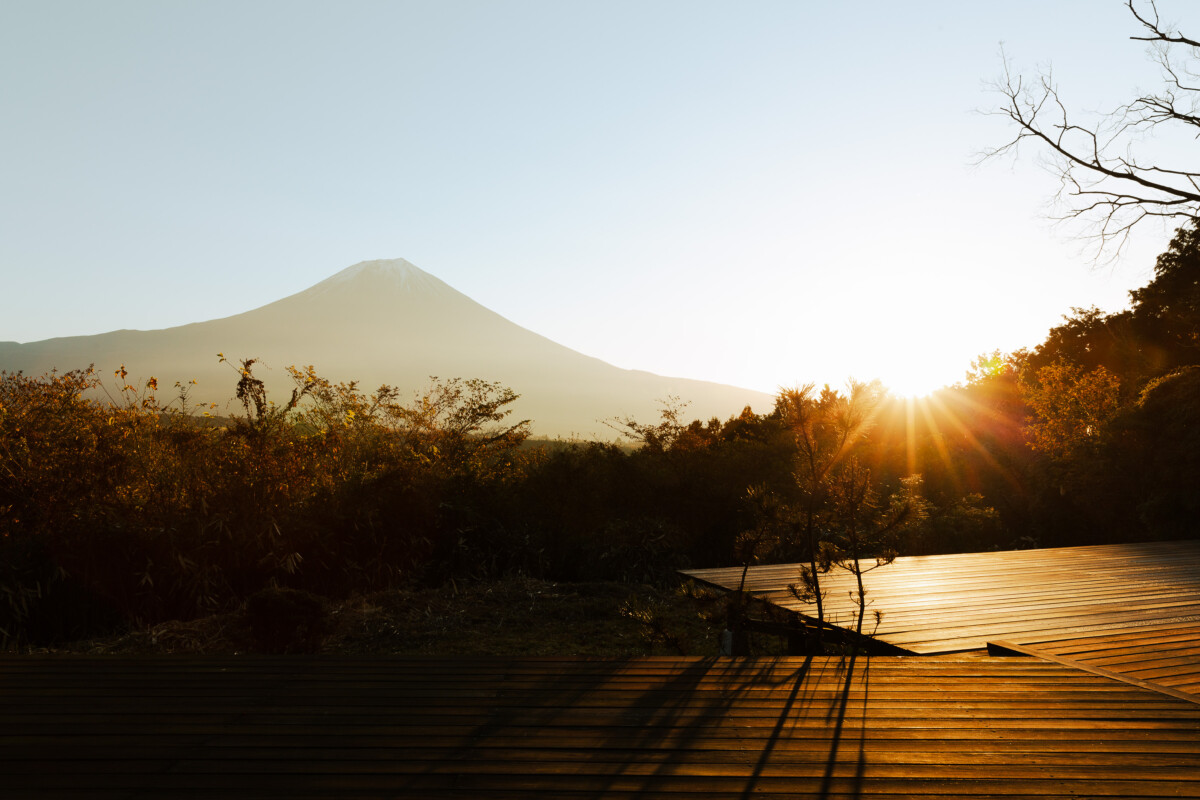
Western Japonisme and Mt. Fuji
At the same time that Mt. Fuji is a symbol of Japan, the Japanese have lived together while feeling the mystery that is immeasurable by human knowledge. Since ancient times, it has been praised as a “sacred mountain” as a symbol of nature worship and mountain worship. Ukiyo-e artists such as Katsushika Hokusai and Hiroshige Utagawa are the painters of the Edo period who were fascinated by the magnificent and mysterious appearance of Mt. Fuji. Known for their series of landscape paintings on Mt. Fuji, such as “Thirty-six Views of Tomitake,” their ukiyo-e prints create a huge boom, especially in Europe in the latter half of the 19th century after the death of the ukiyo-e artist.
That is the Western “Japonisme”.
In Europe at the beginning of the 19th century, “Chinoiserie”, which was influenced by Chinese art, permeated as a new aesthetic sense. Meanwhile, Japanese art at the same time was hardly known due to the influence of isolation.
At that time, French copperplate painter Blackmon came into contact with the work drawn by Hokusai, which triggered the popularity of Japanese art. Japan’s unique artistic expression, such as asymmetry, a composition that intentionally creates a blank background space, and colorful color expression by multicolor prints, gives a shock and great inspiration to foreign painters at that time. became.
And that also affects the style.
Impressionist painters such as Manet, Monet, Degas, and Cezanne, who are called the fathers of modern painting, pioneered this. In addition, Van Gogh, Gauguin, and Lautrec, who followed suit, will be releasing works that are devoted to ukiyo-e one after another. Not only Japanese art painters but also sculptors, craftsmen and musicians were involved.
For example, the French painter Monet was a Japanese enthusiast who built a Japanese-style bridge like a drum bridge in his garden, and was also an avid collector of ukiyo-e prints.
The masterpiece “La Japonese”, which is over 2 meters long and depicts Mrs. Camille, who died at the young age of 32, wearing a red kimono with a fan in her hand, is very famous. “La Japonese” is strongly influenced by the style of beauty looking back, and you can see kimonos, folding fans, and uchiwa fans.
In addition, Van Gogh from the Netherlands filled the background of the painting “Portrait of Père Tanguy” with ukiyo-e, and actively learned the technique of ukiyo-e, such as copying Hiroshige Utagawa’s painting with oil painting, while fusing it with the technique of Western painting. I sublimated it as my own work.
Furthermore, in the music world, some works by French composer Debussy were influenced by Hokusai’s “Thirty-six Views of Tomitake”.
It is a symphony “Umi” which is one of Debussy’s representative songs. It is said that the composition was influenced by Katsushika Hokusai’s “Thirty-six Views of Tomitake, Kanagawa Okinami Ura”. On the cover of the first edition, “Thirty-six Views of Tomitake, Kanagawa Okinami Ura” was adopted, and the same Hokusai picture was displayed in Debussy’s own room.
It was around this time that not only famous artists but also Japanese crafts and kimono began to permeate the entire European society.
The Japanese landscape drawn by Japanese ukiyo-e artists had the power to transcend the sea and have a great influence on European culture.


